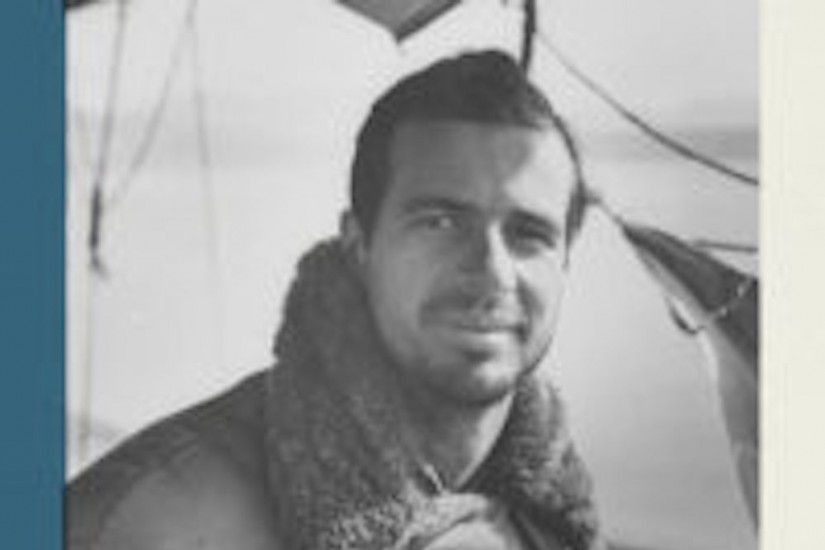The article eventually interlaced six people’s experiences, a structure that he said later he had taken from Thornton Wilder’s The Bridge of San Luis Rey, the narrator of which tells the stories of a group of (invented) individuals linked only by their fate: they are all on an Inca rope bridge when it collapses into a Peruvian ravine in 1714. Hersey read the novella during an illness while he was on his way to Japan. But he was being modest. His war reporting had always been about recognizable people, arbitrarily conjoined in their dreadful experiences and seen in all their variety.
This is the first of the things that distinguish his article from Johannes Siemes’s, vivid though that is and widely available though it had been, thanks to Time. Siemes was writing for his coreligionists, and although his experiences were “authentic,” W. G. Sebald was right in his later insistence that this is the least of qualifications; what matters is how well you write. The differences are apparent within a few lines. Siemes says:
August 6th began in a bright, clear summer morning . . . I am sitting in my room at the Novitiate of the Society of Jesus in Nagatsuka; during the past half year, the philosophical and theological section of our Mission had been evacuated to this place from Tokyo. The Novitiate is situated approximately two kilometers from Hiroshima . . . From my window, I have a wonderful view down the valley to the edge of the city. Suddenly—the time is approximately 8:14—the whole valley is filled with a garish light that resembles the magnesium light used in photography, and I am conscious of a wave of heat. I jump to the window to find the cause of this remarkable phenomenon.
And Hersey:
At exactly fifteen minutes past eight in the morning, on August 6, 1945, Japanese time, at the moment when the atomic bomb flashed above Hiroshima, Miss Toshiko Sasaki, a clerk in the personnel department of the South East Asia Tin Works, had just sat down at her place in the plant office and was turning her head to speak to the girl at the next desk. At the same moment, Dr. Masakazu Fujii was settling down cross-legged to read the Osaka Asahi on the porch of his private hospital . . . Mrs. Hatsuyo Nakamura, a tailor’s widow, stood by the window of her kitchen, watching a neighbor tearing down his house because it lay in the path of an air-raid defense fire lane.
It’s quietly done, but Hersey immediately gets more in: information, irony (those futilely self-sacrificial air-raid precautions), immediacy, suspense, and especially—though here there’s a caveat—attention to Japanese people.
